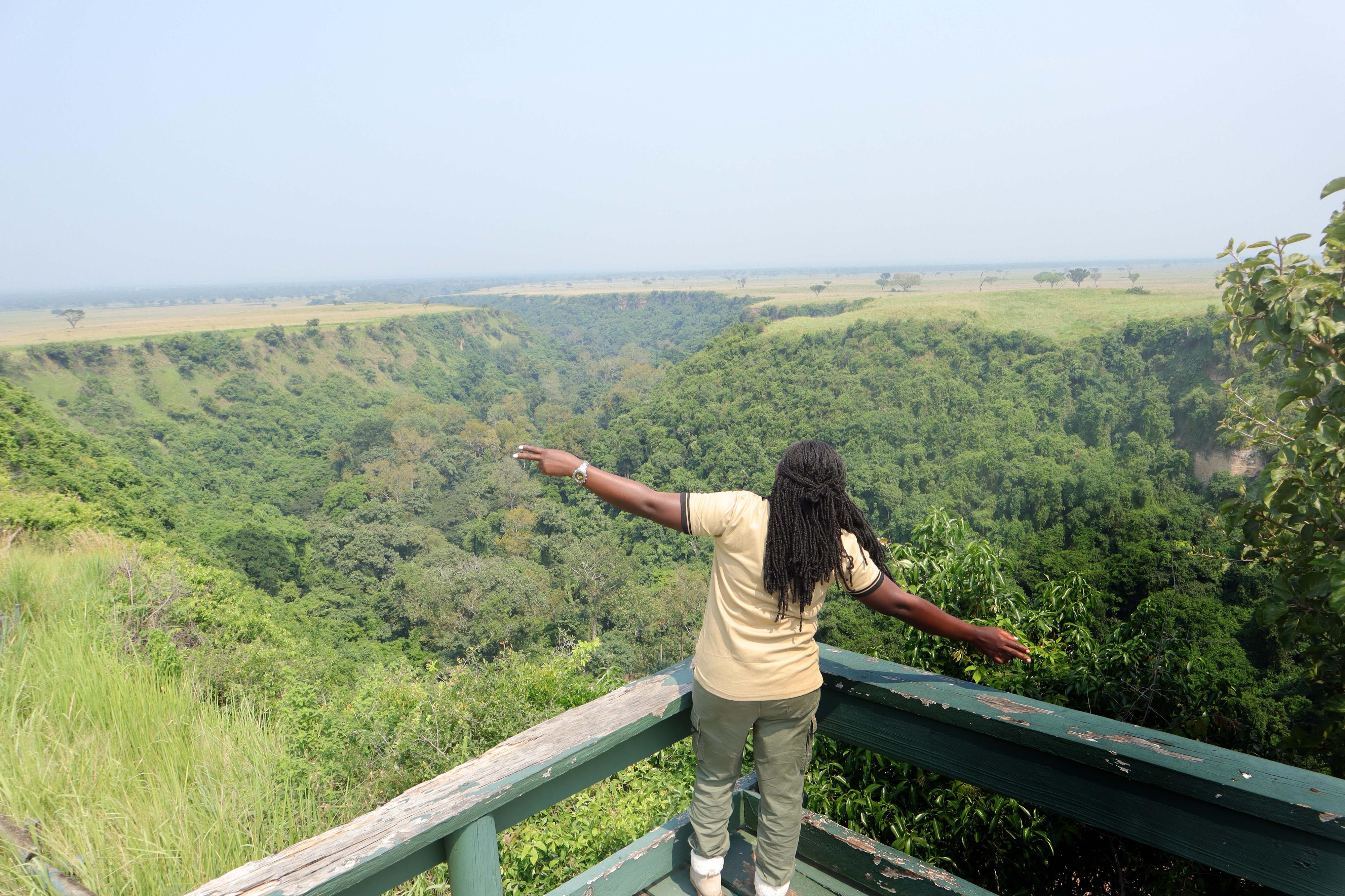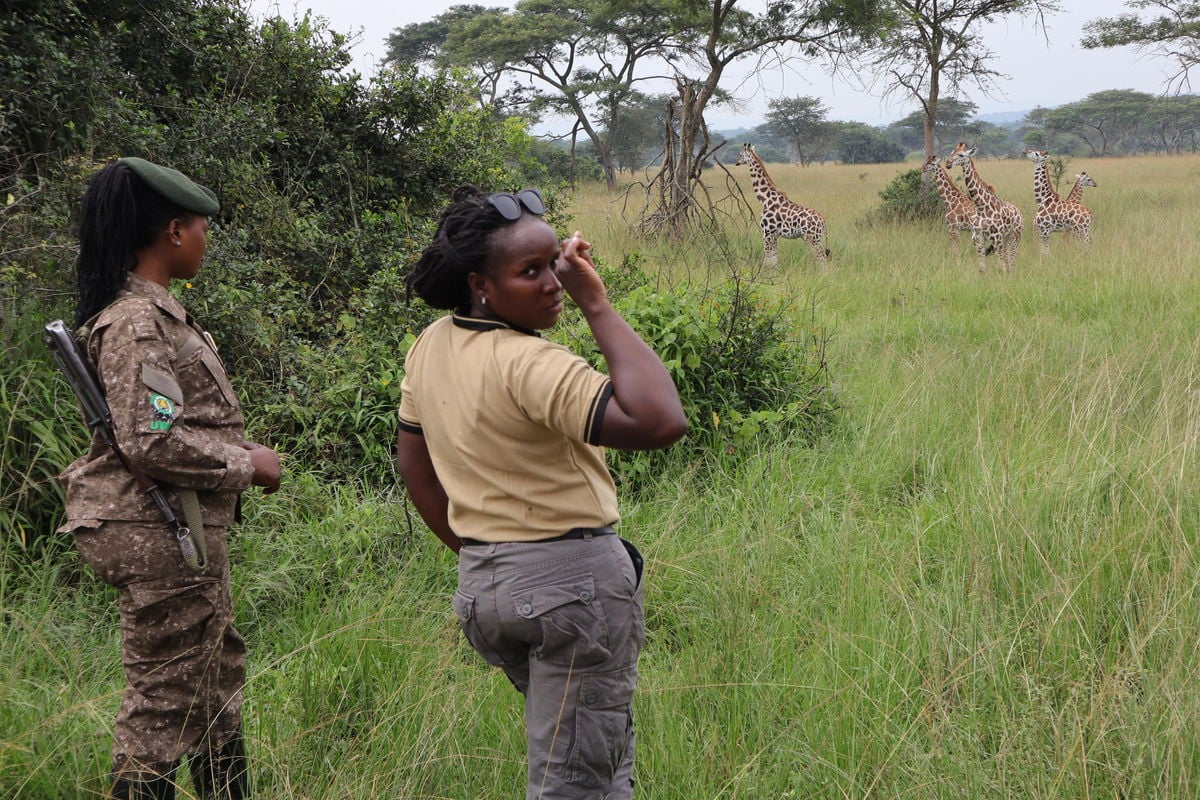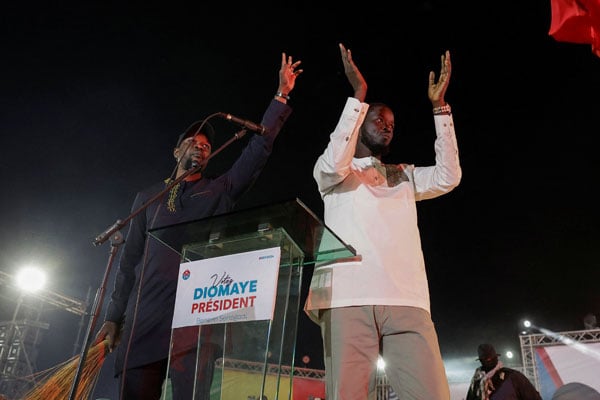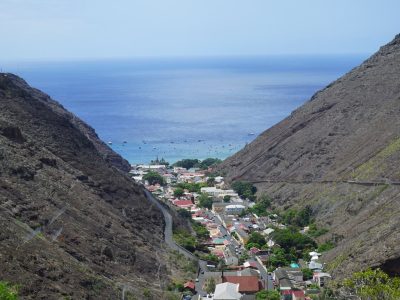Rachel Aheebwa arrived home from a two-week tour-driving gig with one thought on her mind; her nine-month-old baby boy. Fourteen days earlier, she had picked a group of Australian tourists and driven them to Jinja to see the Source of the Nile. It was the beginning of a long trip that would see her driving them to Murchison Falls National Park, Queen Elizabeth National Park and finally to Bwindi Impenetrable Forest National Park.
It aches her heart to have to leave the baby behind for long periods of time, but you can’t drive tourists with a baby on your lap. While it still hurts, it doesn’t hurt nearly as much as it did when she had to leave him behind at two months old. Or when the baby refused the breast at four months upon her return from a 10-day trip. But the pain is only part of the price she has had to pay to pursue what she has loved since she was a child.
Aheebwa was born and raised just outside Masindi Town. Masindi is home to Murchison Falls National Park, the largest national park and one of the most visited tourist attractions in Uganda. Because her childhood home lay along the Masindi-Kampala highway, she saw tourists passing every day and grew to love them.
When she grew a little older and she was moved to a school across town, Aheebwa found more opportunity to see the tourists up close.
“Every day as I walked to school, I would find tourists in tourist vehicles on their way to Murchison. I was so addicted to seeing those vehicles that once I saw one, I would just stop and wait for more. Yeah. In my brain, once I saw one, there were more coming and I did not want to miss them,” she says.
Missing lunch to see tourists
Aheebwa loved to watch tourists so much she missed lunch several times a week for year while she watched tourists.
There was a restaurant known as Traveler’s Corner that lay along the road to her school. It was popular with tourists. Many of them stopped over for lunch or toilet breaks before proceeding on their trips. Every day, on her way home from school for lunch, Aheebwa would stop just to marvel at the tourists.
“I would let my siblings and my friends continue home for lunch while I stayed to revel in the sight of tourists and their cars. I would stand and watch until I got tired. Then I would squat on the roadside and just day dream. I would stay so long that my friends and siblings would finish lunch and find me still watching, on their way back to school,” she says.

Eight-year old Aheebwa got away with not having lunch because her mother was never home. Being a market vendor, she left home at 4am to go shopping and came back after nine every day except for Sunday when she stayed home. Her father was a government agricultural worker that was never home during the day.
“When neighbours told my mother that I was missing lunch while watching tourists, she told them that so long as she provided the food, my not eating was not her problem,” she says.
For four years, (Primary Four to Primary Seven), she watched the tourists. Not once had she seen a woman driving the tourists. All of them were men. But she did not get bothered by this. She knew she wanted to work in the tourism industry and there had to be something somewhere she could do.
When she completed her Primary Seven, she left Masindi for secondary school in Hoima. This marked the end of her tourist-gazing ritual partly because of her absence, but partly because she considered herself grown up.
After completing her Senior Four, she approached Japan, a family friend who had a car and asked him to teach her.

Aheebwa takes a selfie with tourists before setting off. Photo | Courtesy of Rachel Aheebwa
“He had a Toyota RAV4, short chassis. I was a manual transmission vehicle. I gave him twenty-five thousand. By then it was good money. I told Japan, ‘I am just asking for a favour. Kindly, teach me how to drive this vehicle. It is what I want’. And he asked, ‘Are you sure? Will you manage a manual car?’ I told him I would manage. I could not tell manual and automatic transmission cars apart,” she says.
Every day in the evening, Japan tutored Aheebwa in driving.
“If I went a little too fast, he would say, ‘you are rushing to your grave, darling’. So, I would slow down. This voice still rings in my head today when I am tempted to speed,” she says.
Within three days of lessons, Aheebwa was able to drive the car through town, shocking those who knew the car and the fact that it was manual. Her mother was shocked. By the time she joined senior five, she had learnt so much that she would drive without his friend’s supervision. Her North Star was in sight.
“When I learnt how to drive, I said, ‘I will join those guys who drive Bazungu. I’ll do it. And, I want to be the first female driver’,” she recollects.
But she was not the first female driver. By the time she came onto the scene in 2015, there were two other women already driving tourists.
Having learnt how to drive, Aheebwa joined Senior Five with self-confidence. She was on a clear path and she knew it. This gave her a sense of purpose and the morale to excel the entire time she spent in A-Level.
When time came to apply for courses at university, she made sure she applied for a Bachelor’s in travel and tourism. Her second choice had to do with leisure, hospitality and travel. Those are the only courses she would be willing to take. To make sure these were the only options, she applied for courses that would not be her match at all that no one would offer them to her.
“They gave me my first choice, of course, because I passed very well. I was offered Bachelor’s in Travel and Tourism Management at Makerere University Business School,” she says.

It was while she was doing her first internship back home in Masindi, at Court View Hotel, that she knew she was not cut out to serve in an office or hotel. She had served in all departments, but enjoyed none.
She yearned to be out in the wild, driving SUVs, crossing raging rivers and climbing mountains into the sunset. So every chance she got, she befriended tour drivers and asked for their contacts.
“I would ask them how they entered the industry but unfortunately, most guys I met were selfish. I was too small-bodied, people did not think I could drive a big manual transmission car. Many thought I was simply admiring them,” she says.
So she changed goalposts. A year-and-a-half later while on another internship at Murchison Falls National Park, she decided to show everyone that she could handle a large machine.
“My friends and I were hiking from the UWA offices to the lodge. We were extremely tired and hungry. The distance was still long. We met tour drivers relaxing and one of them was called Carlos. I had befriended him in the past.
“I said, ‘Carlos, please help me with your car. I would like to take the girls, we go eat and return. Then, he responded, ‘Rachel, you joke too much’. I told him I could drive. He did not believe me because it was a big, manual transmission Toyota Land Cruiser. So, he handed me the key expecting me to return it upon finding out that it was manual car.
“I drove off with my fellow interns. Carlos could not believe it. He actually panicked. To be sure, he grabbed another car and followed after us. He was shocked to find the car safely parked,” Aheebwa says.
The news of the small-bodied intern that could drive a monster truck spread through the industry. From that point on, tour drivers would arrive at the lodge asking to see her.
“People were offering me jobs. But I turned them down since I had first complete university,” she says.
After university, she tried to track down those people that had tried to hire her in vain. No amount of trying helped get her a job. They had forgotten all about her.
So, she returned home and tried her hand at farming. After harvesting maize, she invested all the money in an old saloon car. Her plan was to drive her car to every prospective employer and show them that she could drive. But, luck was not on her side.
“Then one friend of mine who knew my dream of driving tourists saw me struggling and offered me a job in his construction company as a site manager. It was a large construction job and he paid me very well. Within one year, I had made enough money to buy a Toyota Super Custom van,” she says.
Today, she is one of the most sought-after freelance drivers given that a section of tourists prefer female drivers to male ones. She is one of a handful of female drivers in the country and some tour operators have warmed to her, in an era where organisations such as Private Sector Foundation Uganda are funding tour operators to employ more women in the industry.











